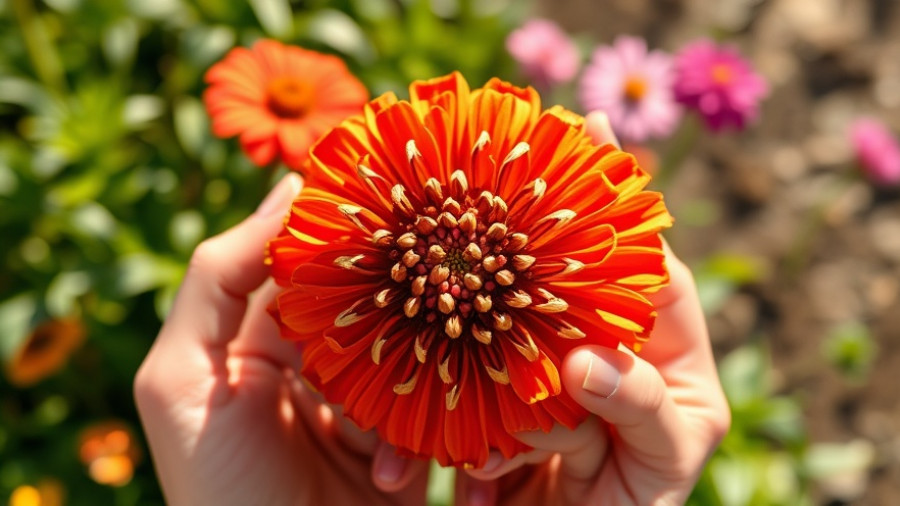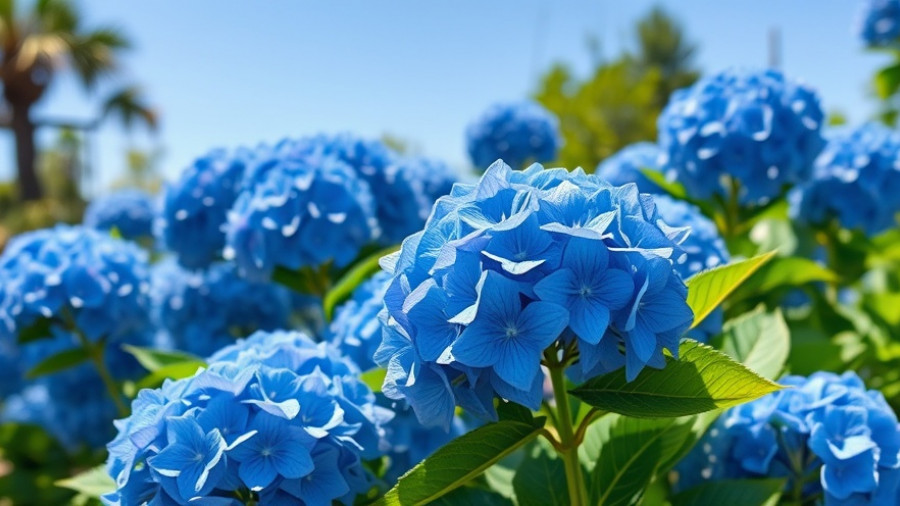
Understanding Rotting Onions: The Surprising Causes
Onions, whether red, white, or sweet, are staples in many kitchens due to their diverse flavor profiles. Yet, these seemingly robust bulbs can fall victim to rotting and mushiness—a gardener's nightmare. Understanding the causes of this issue not only helps in prevention but also enhances the overall gardening experience. Here, we delve into the unexpected reasons behind your wonderful onions going bad and how you can avoid this in your garden.
1. The Importance of Day Length and Variety
Choosing the correct onion variety for your location can significantly affect the outcomes. Onions fall into three categories based on the required day length for optimal growth: long day, intermediate day, and short day onions. Long day onions thrive above the 37th parallel and call for 14-16 hours of sunlight, while short day varieties need only 10-12 hours, suited for southern climates. Using the correct variety in alignment with your geographical location can reduce the risk of bolting or rotting.
2. Soil Health: The Foundation of Onions
Healthy soil is crucial in preventing onion rot. Onions are susceptible to fungal diseases, particularly if grown in compacted, poorly drained soils. Amending your garden bed with organic matter like compost can improve drainage and provide the necessary nutrients for vibrant onion growth.
3. Overwatering: A Silent Killer
Watering is vital for all plants, but for onions, overwatering can be detrimental. Too much moisture leads to root rot and can cause the bulbs to develop a mushy interior. Implementing yard drainage solutions in your garden can help maintain the right balance. Ensure you're watering your onions based on their needs—typically, they require 1 inch of water per week.
4. The Role of Pest Infestation
Pest problems can also lead to rotting. Onion maggots and thrips are common pests that damage the bulb and leave it vulnerable to secondary infections. Utilizing eco-friendly yard care strategies can provide a sustainable way to manage pest populations, such as introducing beneficial insects or using organic insecticidal soaps.
5. Improper Harvesting Techniques
When it's time to harvest, using the right techniques is crucial. It's recommended to gently twist the onions when pulling them from the ground rather than yanking them forcefully. This method minimizes damage to the bulbs, reducing their susceptibility to rotting during storage.
6. Storage Conditions Matter
Once harvested, how onions are stored can directly impact their longevity. They need to be kept in a cool, dry, and dark location to prevent sprouting and rot. Storing them in mesh bags or crates allows for air circulation, which reduces moisture retention. Additionally, remember that sweet onions have a shorter storage life and should be used sooner than their pungent counterparts.
7. Crop Rotation: A Smart Strategy
Implementing crop rotation in your garden can help mitigate the risk of diseases that lead to rotting. By rotating the location of your onion crop each year, you can reduce the buildup of pathogens in the soil. Following onions with a different crop type can promote soil health and encourage beneficial organisms that fend off potential infections.
Through these strategies, you can create a thriving onion crop that brings delight to your kitchen rather than frustration. Embracing proper gardening practices not only leads to a healthy harvest but enriches your overall experience of gardening.
Incorporating elements like raised garden beds to elevate your plants can also optimize growth conditions, showcasing how thoughtful landscaping can enhance your gardening endeavors.
 Add Row
Add Row  Add
Add 




Write A Comment